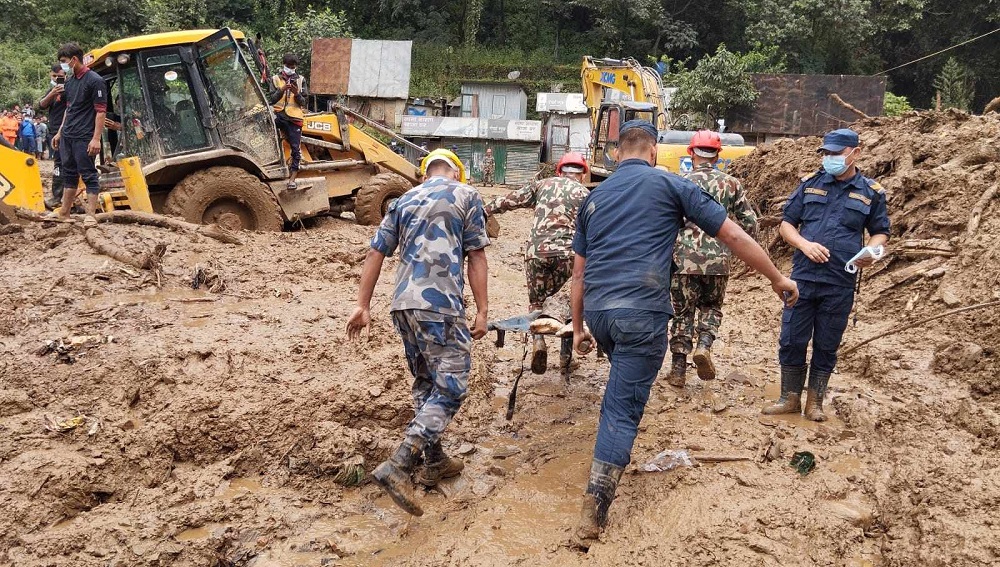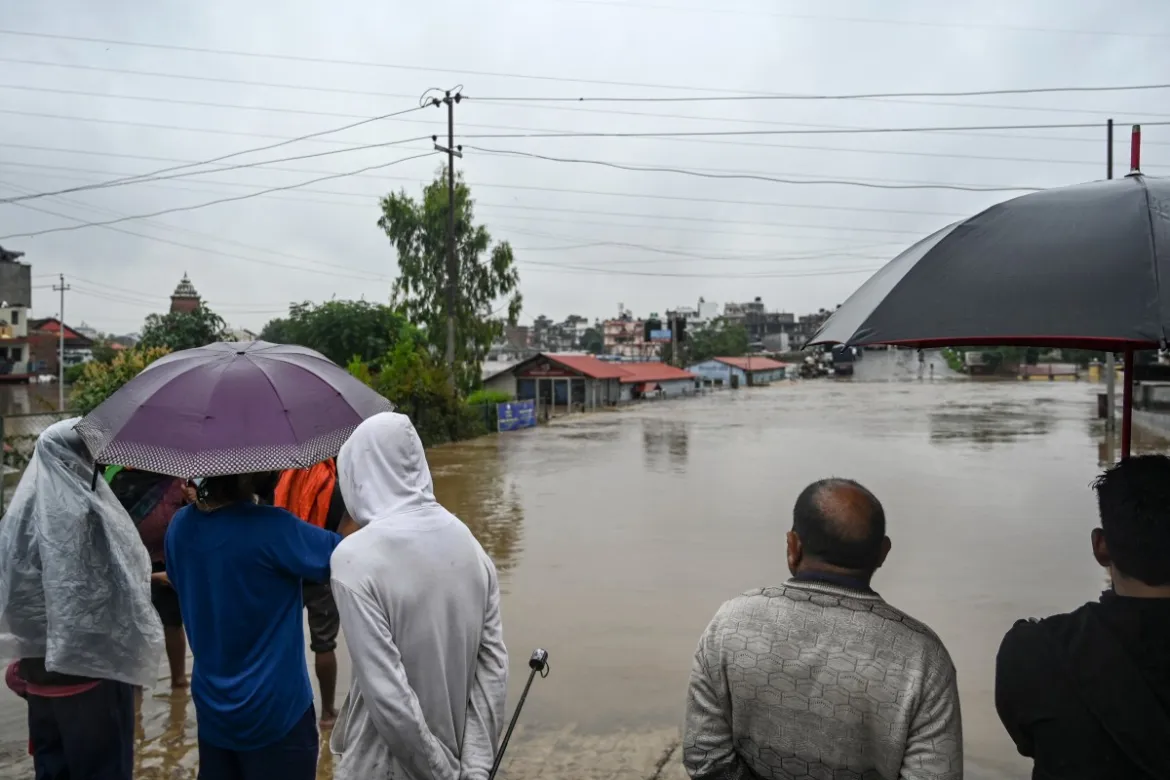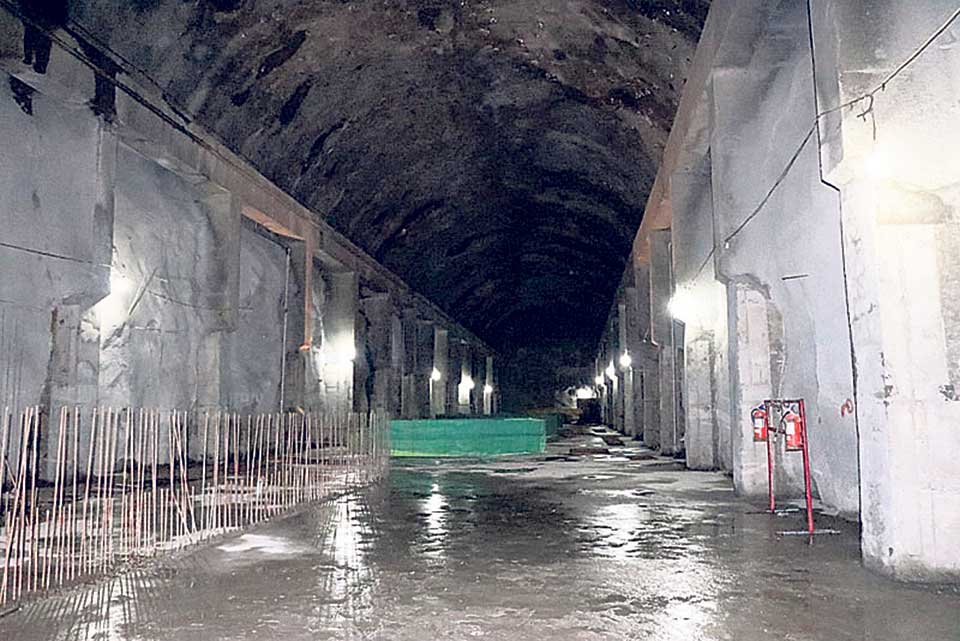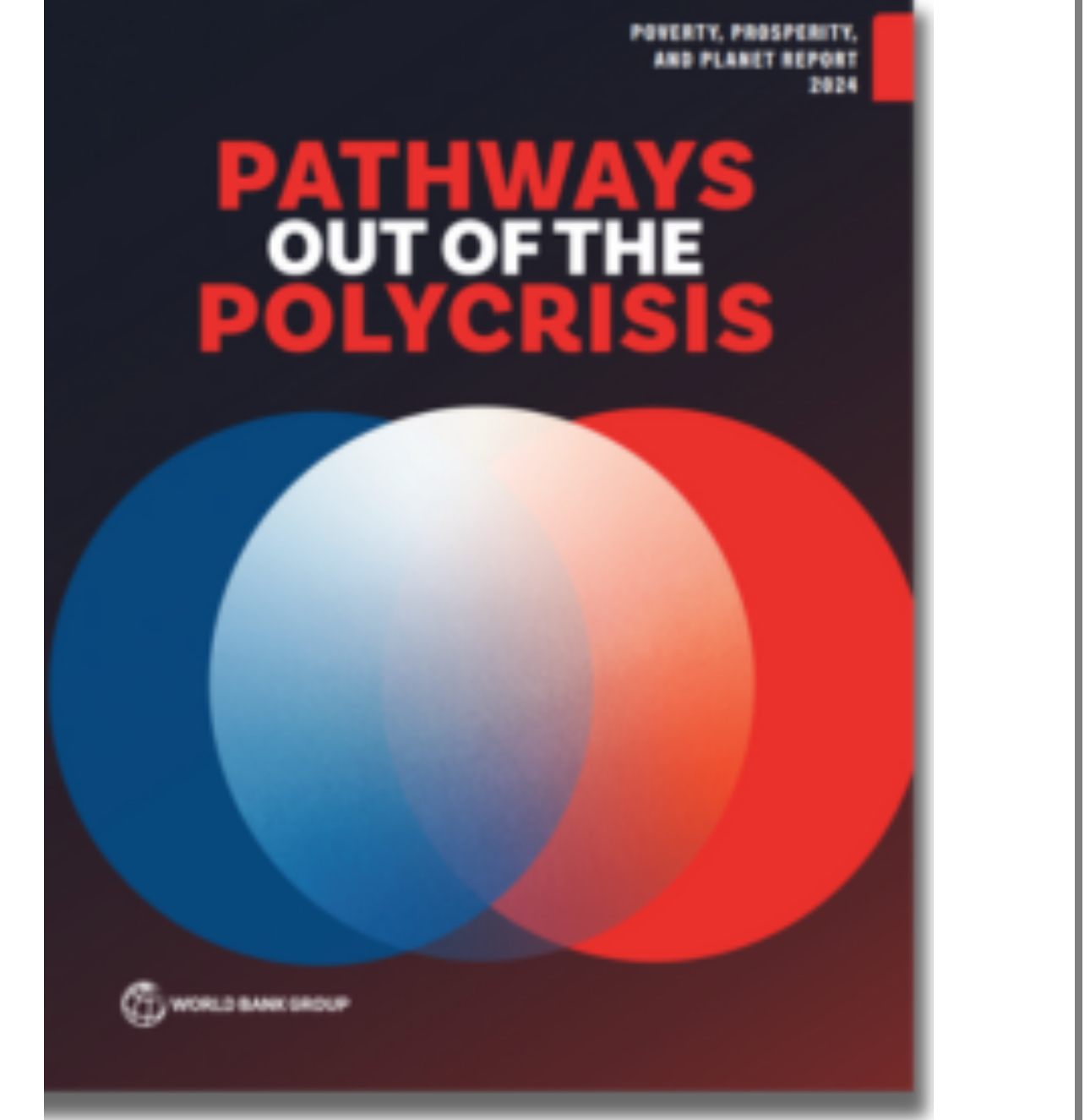Nepal’s Economic Outlook: Inflation Concerns Amid Growth Projections

Kathmandu, April 3rd: Nepal’s economic landscape for Fiscal Year 2024 remains characterized by a delicate balance between inflationary pressures and growth prospects, according to the latest Nepal Development Update unveiled by the World Bank on Tuesday.
Inflation and Growth Projections: The report forecasts consumer price inflation to remain high at 6.7 percent in FY24, close to the central bank’s 6.5 percent ceiling. Factors contributing to this include the removal of VAT exemptions, India’s food export restrictions, and increased paddy minimum support prices. However, the inflation rate is expected to gradually decline to 6 percent in FY25 and 5.5 percent in FY26. This decline is attributed to global commodity price moderation, domestic price containment through monetary policy, and lower inflation in India, which may help mitigate imported inflation via the currency peg.
On the growth front, Nepal’s economy is projected to rebound from 1.9 percent in FY23 to a forecasted 3.3 percent in FY24, with further acceleration to 5 percent on average over FY25-26. This recovery is expected to be driven by easing monetary policy, productive use of private sector credit, and reforms to improve the business environment, which could attract more private investment.
Sectoral Analysis: The services sector is anticipated to be a key driver of growth, particularly accommodation and food services, benefiting from the rise in tourist arrivals and government policies supporting real estate loans. The industrial sector is also expected to grow, buoyed by significant expansions in electricity generation capacity. However, agricultural growth may slow down due to various factors, including outbreaks among livestock and a decrease in paddy production growth.
External Balances and Fiscal Policies: The current account balance is forecasted to return to surplus in FY24, driven by robust remittance growth and a narrowing trade deficit. However, the trade deficit is expected to narrow subsequently as remittances taper off and the trade deficit expands. Nepal’s fiscal deficit is poised to decrease significantly, stabilizing around 3 percent of GDP in the medium term, supported by increased revenue and enhanced execution of public investment.
Risks and Challenges: The report identifies both domestic and external risks to Nepal’s economic outlook. These include geopolitical uncertainty, growth slowdown in partner countries affecting remittances and tourism, persistent inflation expectations, lower domestic demand, natural disasters, and political changes, which continue to deter private investment.
Conclusion and Recommendations: The Nepal Development Update highlights the need to strengthen execution and efficiency of capital expenditure to boost economic growth, reduce dependence on imports tax revenue, ensure sound and consistent monetary policy, address increasing levels of non-performing loans, and strengthen Nepal’s international competitiveness for other sources of external earnings.
In summary, while Nepal’s economic indicators show signs of recovery and growth, challenges and risks persist, necessitating concerted efforts from policymakers and stakeholders to navigate through these uncertainties and sustain the momentum of economic development.


















Facebook Comments